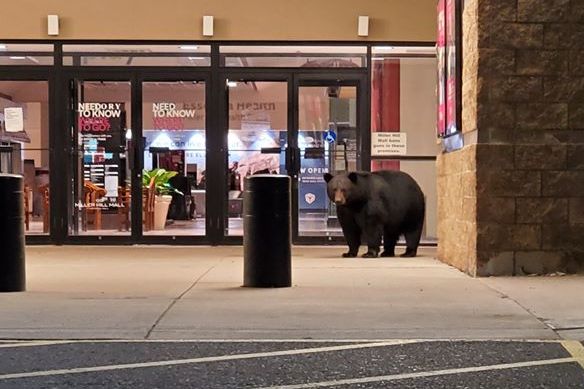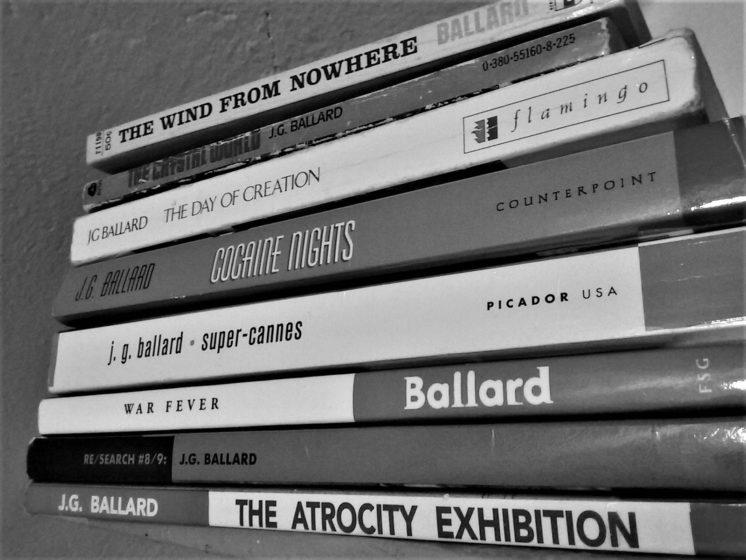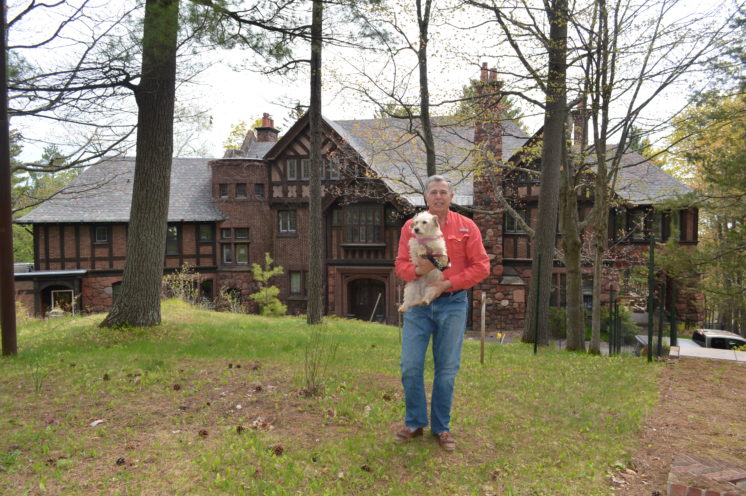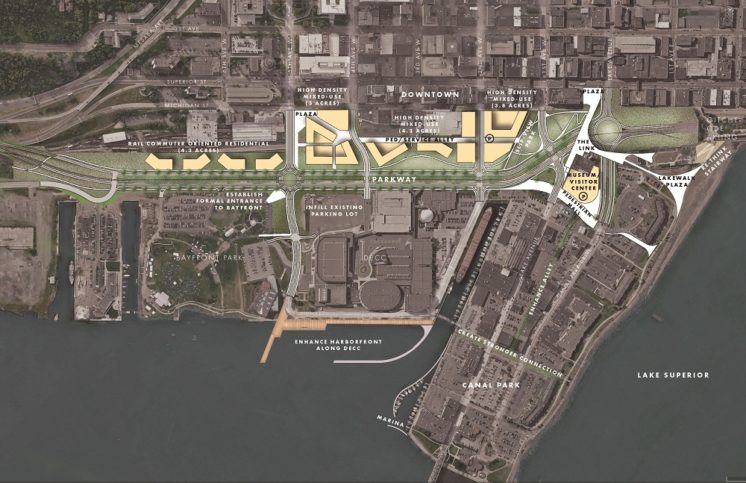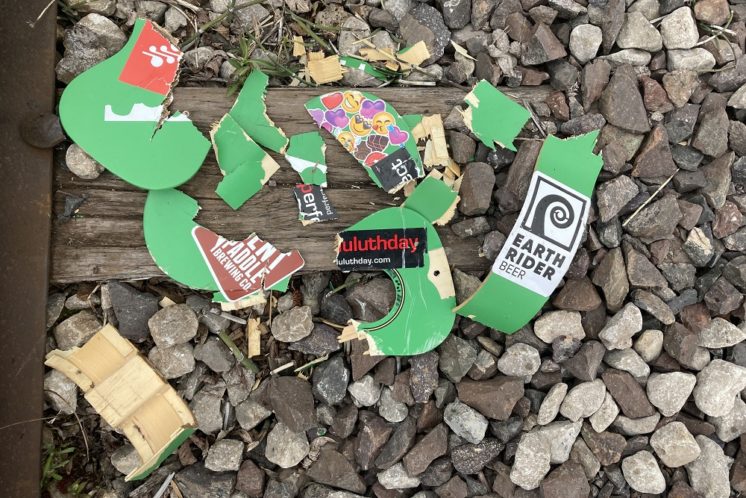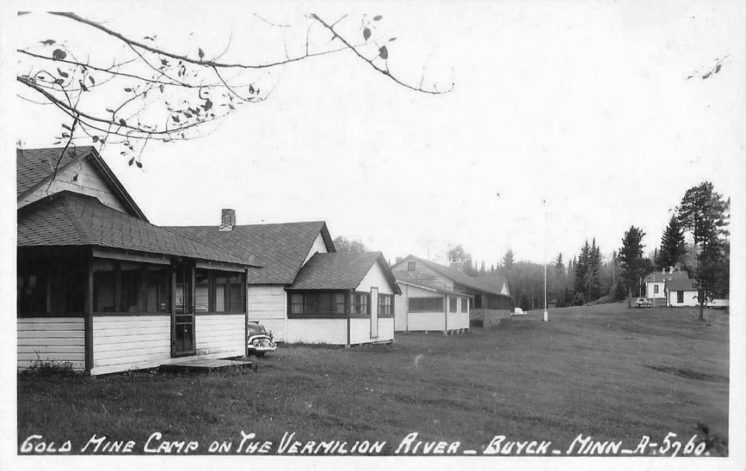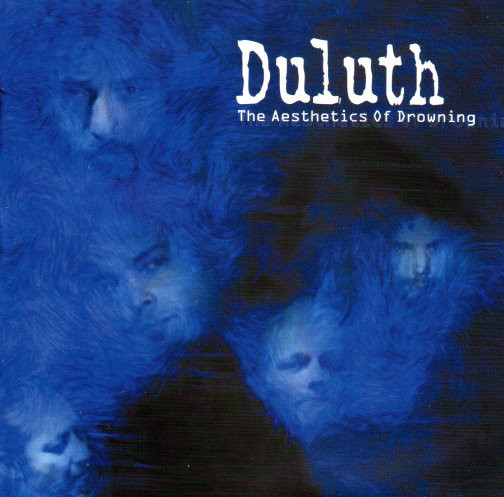 “Duluth is a bit off-center, both literally and figuratively—something most Duluthians don’t seem to mind at all. After all, this is the city whose skyway system runs partially underground, where the West End is located in the city’s geographic center, and whose annual Christmas City of the North parade is held a week before Thanksgiving. Duluth may be a little bit off-center, but part of what makes Duluth Duluth is that here, true north isn’t always where you’d expect it to be.”
“Duluth is a bit off-center, both literally and figuratively—something most Duluthians don’t seem to mind at all. After all, this is the city whose skyway system runs partially underground, where the West End is located in the city’s geographic center, and whose annual Christmas City of the North parade is held a week before Thanksgiving. Duluth may be a little bit off-center, but part of what makes Duluth Duluth is that here, true north isn’t always where you’d expect it to be.”
— Tony Dierckins, Duluth: An Urban Biography
Sheltering in place gives a devotee to a city even more time to learn it intimately. I read Tony Dierckins’ new biography of Duluth, which fits the bill of a pre-founding-to-present history that I pined for on my blog some while back. The biography really only left me hungry for more: it clocks in at just under 170 pages and could easily have been double that length if it were to thoroughly explore structural forces and the lives of prominent figures beyond a series of mayors and those who crossed their paths. Still, it was a welcome step beyond Tony’s previous fun vignettes and collections, most of which peter out somewhere in the middle of the 20th century. Granted, Duluth’s history becomes somewhat less romantic in that stretch; the great turn-of-the-century wealth faded, the growth stalled, and the architecture wandered away from an eclectic opulence to something much more mundane. Still, the book is a reminder that this city’s history has always been one of awkward lurches, of rises and falls, and a quest for some sort of stability in the aftermath.


